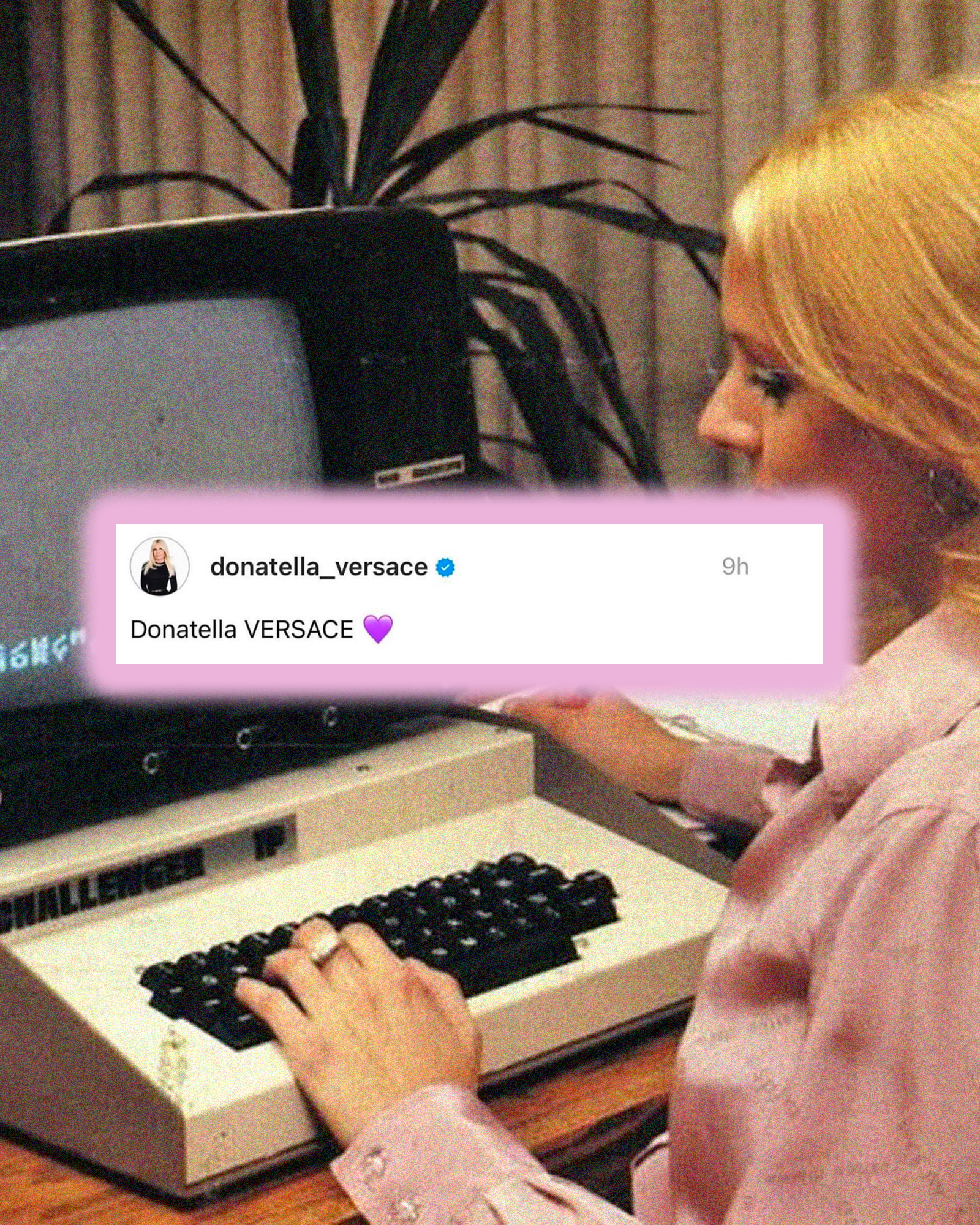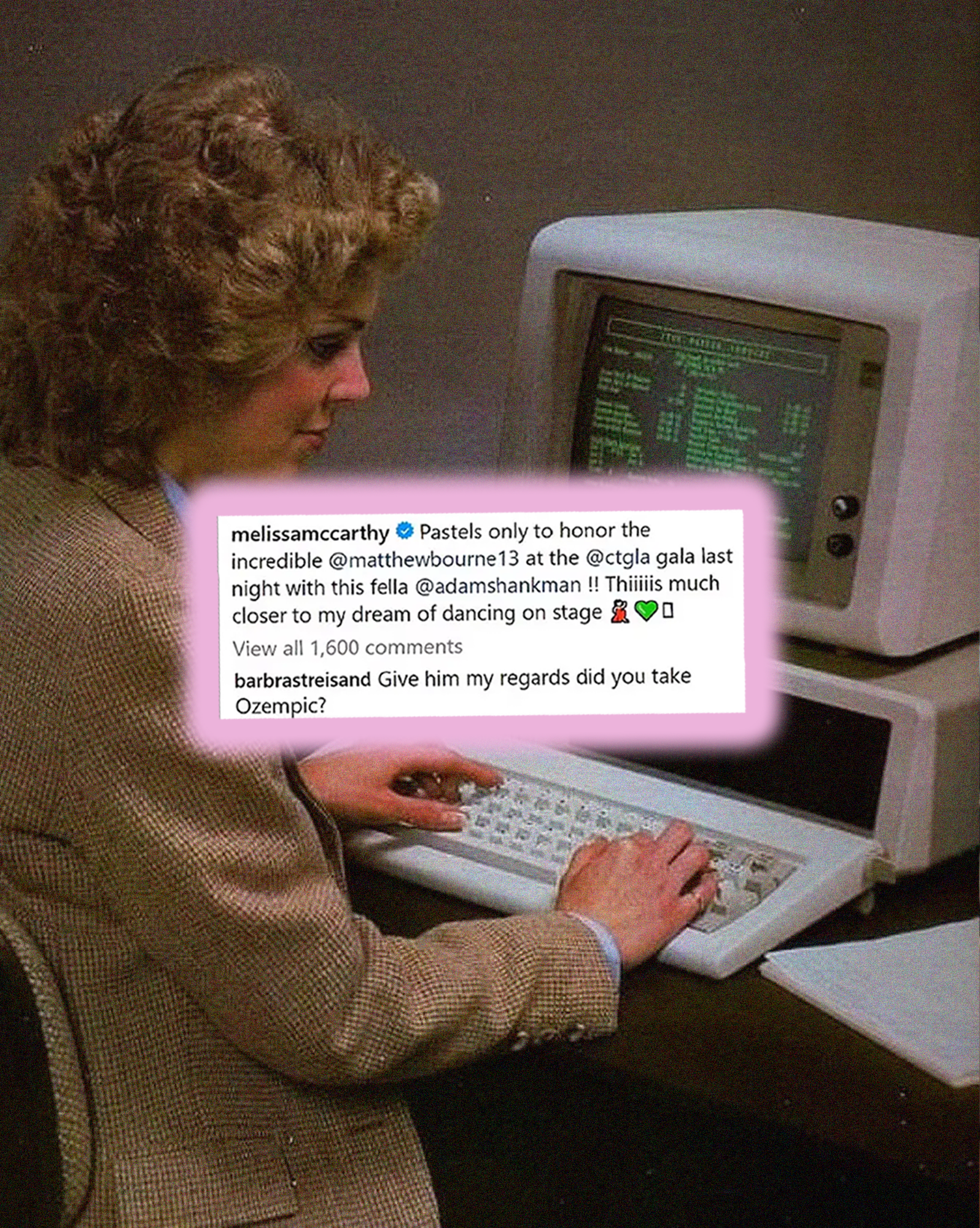Feeling Seen: The Social Currency of the Comment Section
Words: Funmi Lijadu
The social media comment section is a wild west, offering swift snapshots of public reactions, controversial but shared opinions and a deeper layer of entertainment for the scroller that dares to dig deeper into a piece of content. I believe that comment sections are a form of social currency; the extra engagement serves as evidence that content is interesting enough to be acknowledged by thousands of users - for better or for worse. Tayo, 26, tells me that he believes that comment sections can be more entertaining than the content itself, with endless layers of keyboard comedy. “I see every expression/perspective as potentially interesting. Comments are each one content piece. So you're more likely to discover multiple funny moments” Comments are low-commitment summaries of opinion that leave the overstimulated scroller to hold onto as they scroll from post to post.
Even though comments can be bought in the form of AI bots, they are one of the last frontiers of intentional digital interaction. Even the most hastily typed reaction requires a level of consideration, compared to the brainlessness of aimlessly viewing multiple Instagram Stories on autoplay. Comment sections on short-form videos across platforms like Instagram Reels and TikTok are hubs of hot debate, contentious takes and internet references that signal digital subcultures and identities. They provide a snapshot into public opinion, trending topics or even just what people find funny. For Dave*, 24, comment sections can be a space of recognition and belonging, people in this online space will probably understand a niche pop culture or meme reference, compared to people offline. He noted, “I love seeing other people think of the same references I thought of when watching a video. Some people dwell in similar corners of the internet as you and comment sections prove this.”
___STEADY_PAYWALL___
To add, people watching short-form video content often immediately rush to the comment section to get a sense of whether their personal perceptions match those of other viewers. Psychology has an explanation for this, known as the false consensus effect. The false consensus effect describes the ways that people unconsciously assume that others share their beliefs and see them as normal. In an age of echo chambers, we grasp for further evidence of whether our opinion matches others who the content is being shown to. It's a self-conscious search for belonging that happens constantly on social media. Even in my individual, isolated experience of scrolling as a social media user, I’ve noticed an urge to validate my responses to content through deep dives into comment sections, comparing my thoughts to what others are saying.
“Reading the comments is like looking into the camera in a reality show, the satisfaction of knowing that someone else can see the madness I just saw.”
The viral liked comment phenomenon, where the most popular comment gets its own engagement and is pushed to the top of the comment section feed, has become its own entity. The seasoned social media user is often looking for a sense of authenticity in comment sections which is why it is difficult for commercial brands and organisations to interact seamlessly in these spaces without risking being cringe at best, or suffering reputational damage to their company at worst. The uncanny valley of brands acting like individuals reveals the delicate and fragile social capital that comment sections offer.
While comment sections can be a source of authenticity in connecting everyday audiences as well as a space for brands to dupe us into liking them, comment sections are more often a hub for negativity and hate. Intense and controversial comments tend to receive more likes, views and engagement, and as a result, hateful attitudes and actions often make it to the top of the box, outshining wholesome interactions.
On a wider scale, comment sections remain an important measure on the temperature around news, as these spaces on publishing outlets’ social media and websites create an important dialogue between the news publisher and the everyday consumer - laying bare the public’s disapproval, support or critique of the headlines and stories being offered from politics to red-carpet showbiz. 23 year old Joannes views comment sections as being like a reactive live audience, "Reading the comments is like looking into the camera in a reality show, the satisfaction of knowing that someone else can see the madness I just saw.”
I believe that social media comment sections are part of a new landscape where media publishers, organisations and even our peers are more closely confronted with public perceptions of their output. And this new landscape can be turned into a powerful space for marginalised voices, whose viewpoints may not be represented within the teams of media outlets and companies.
*Names have been changed for anonymity


